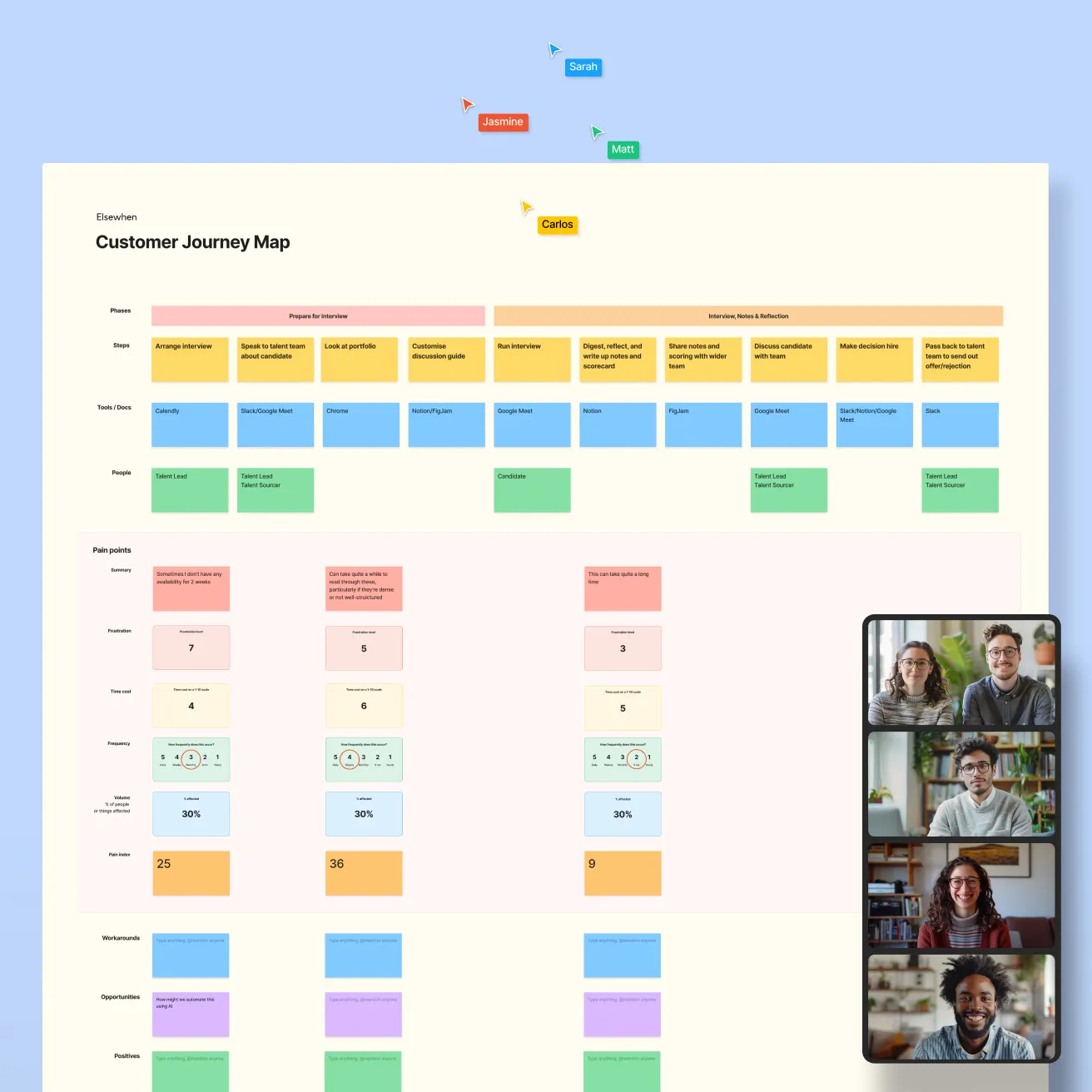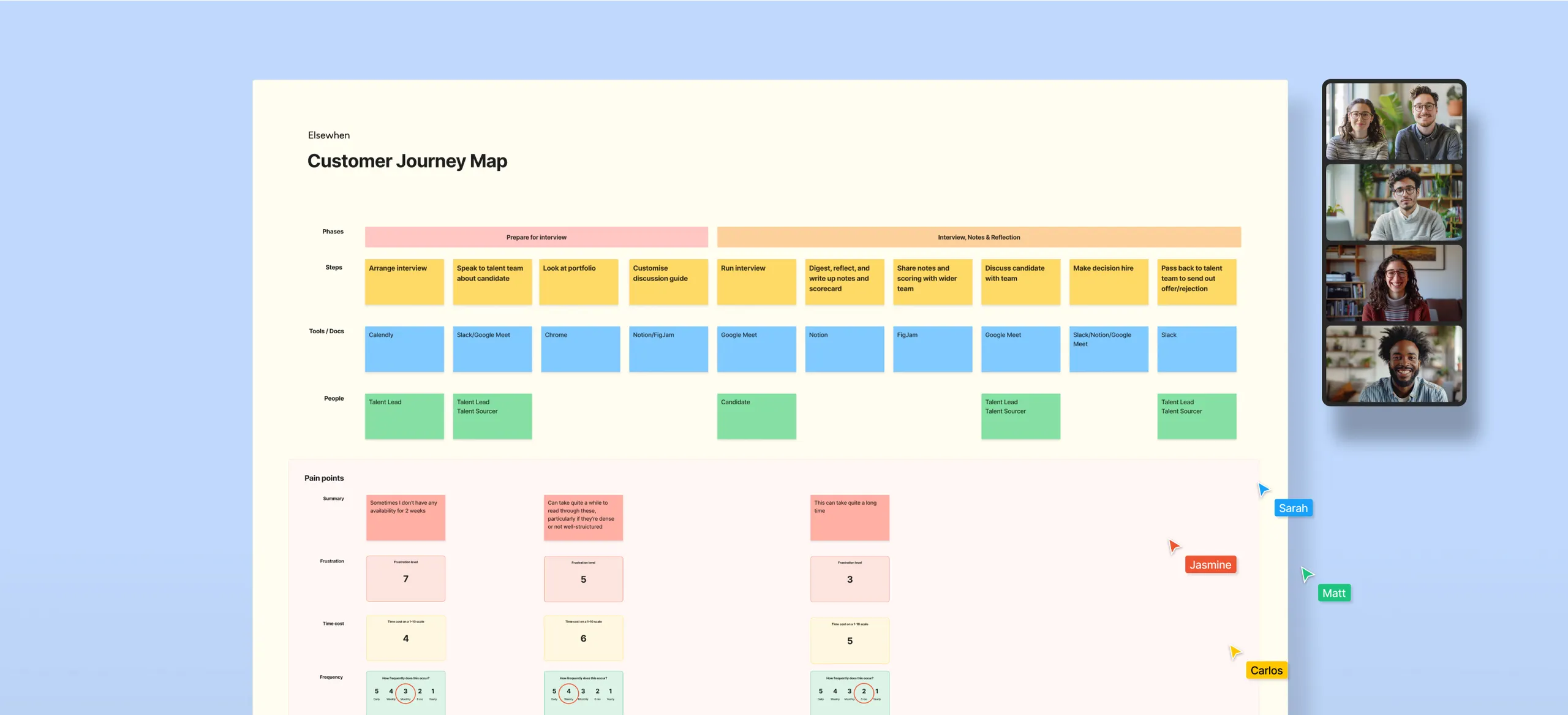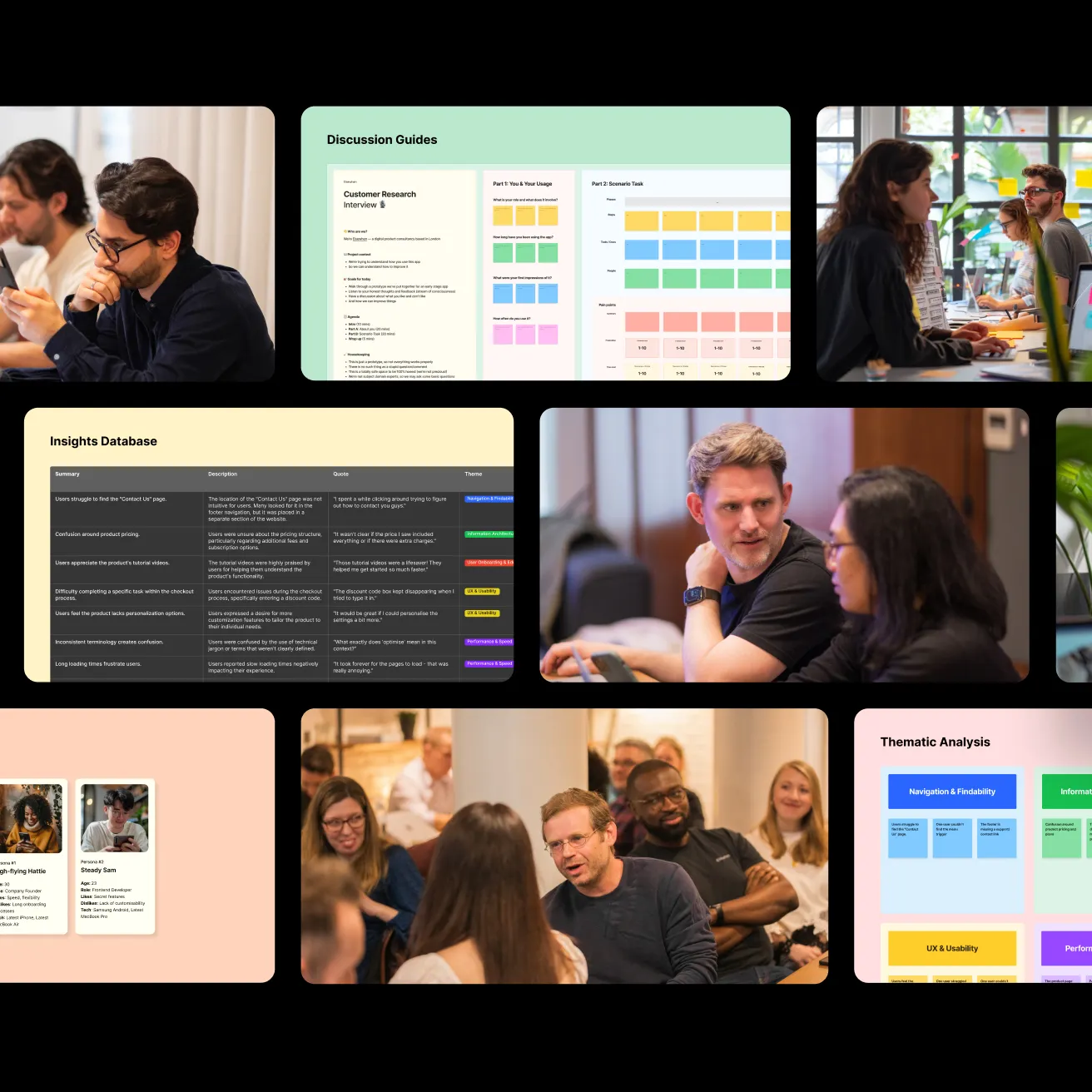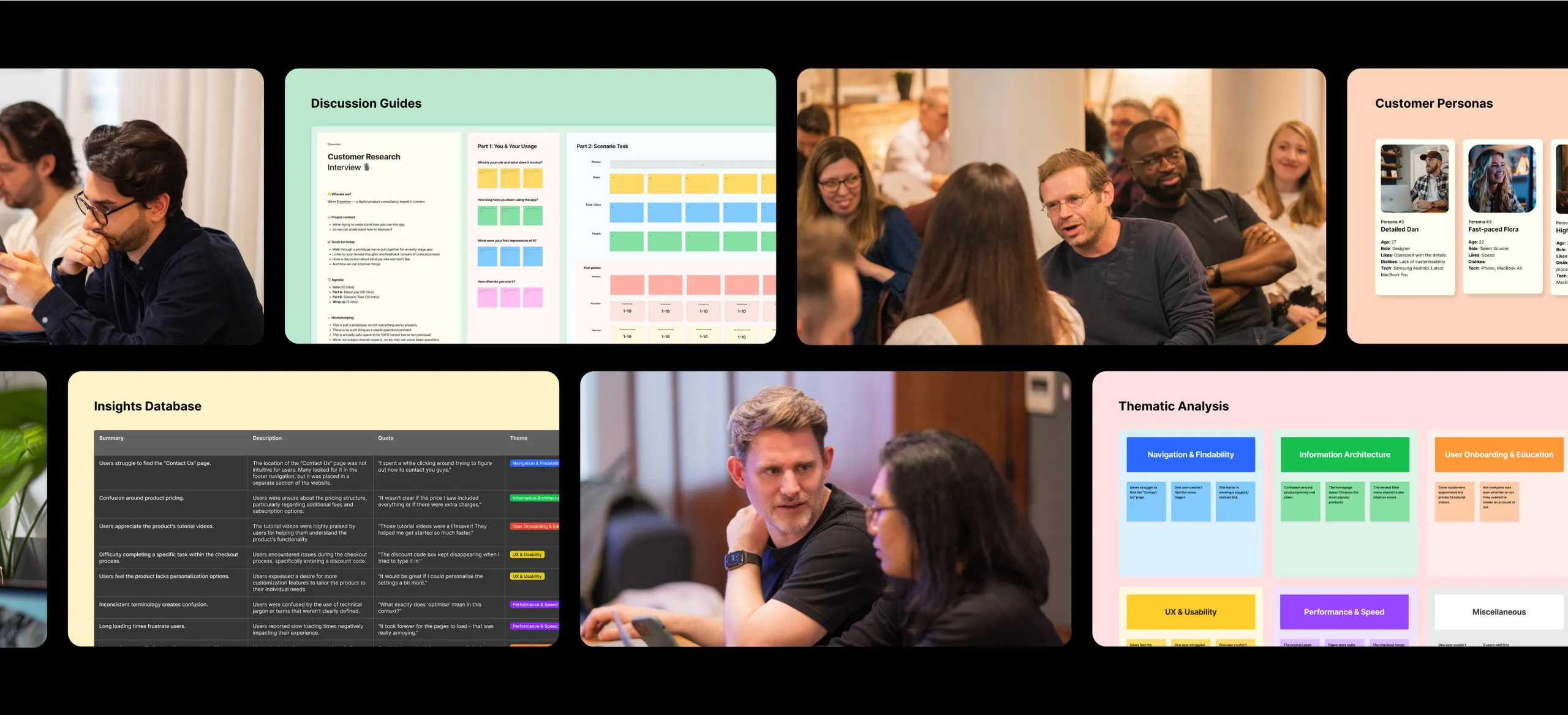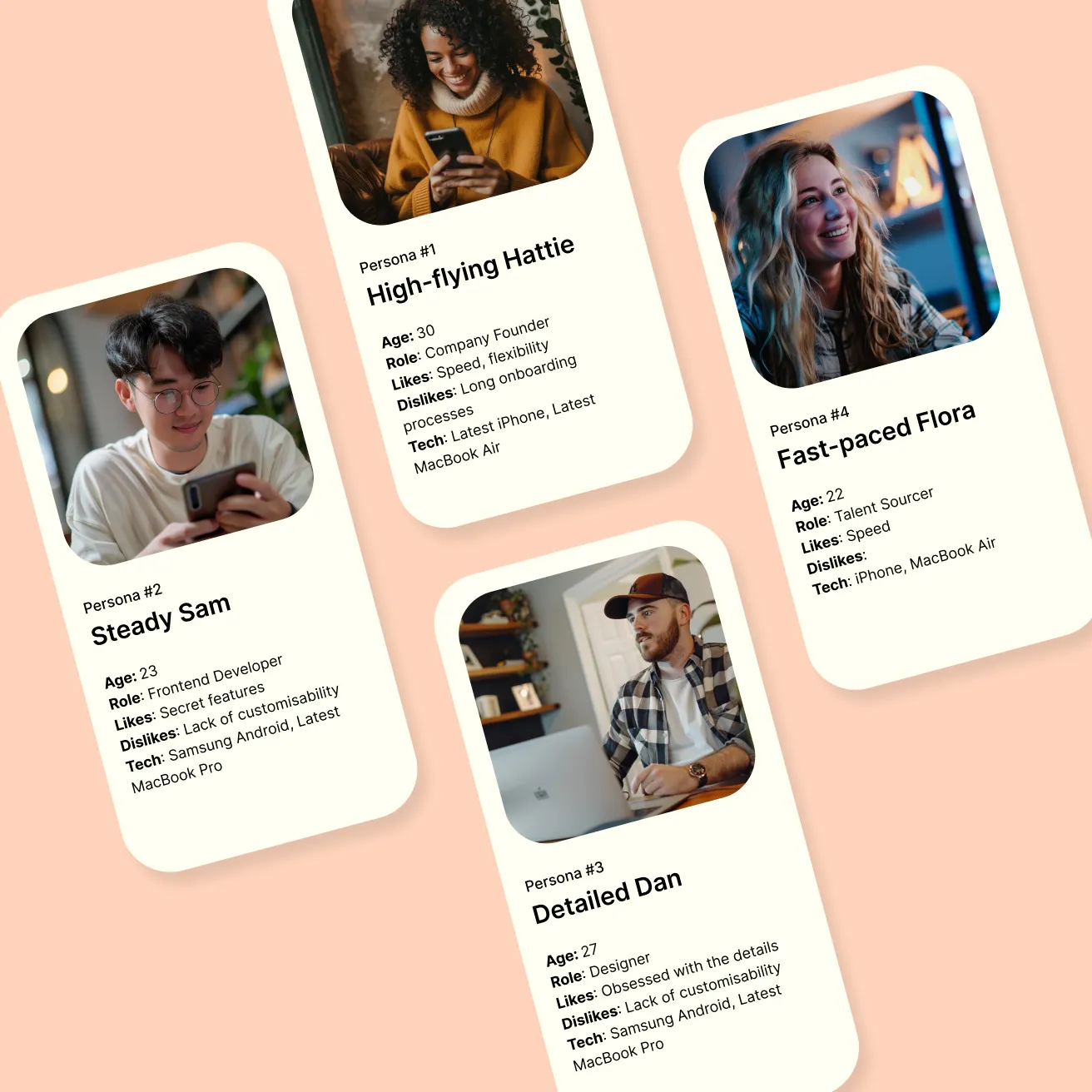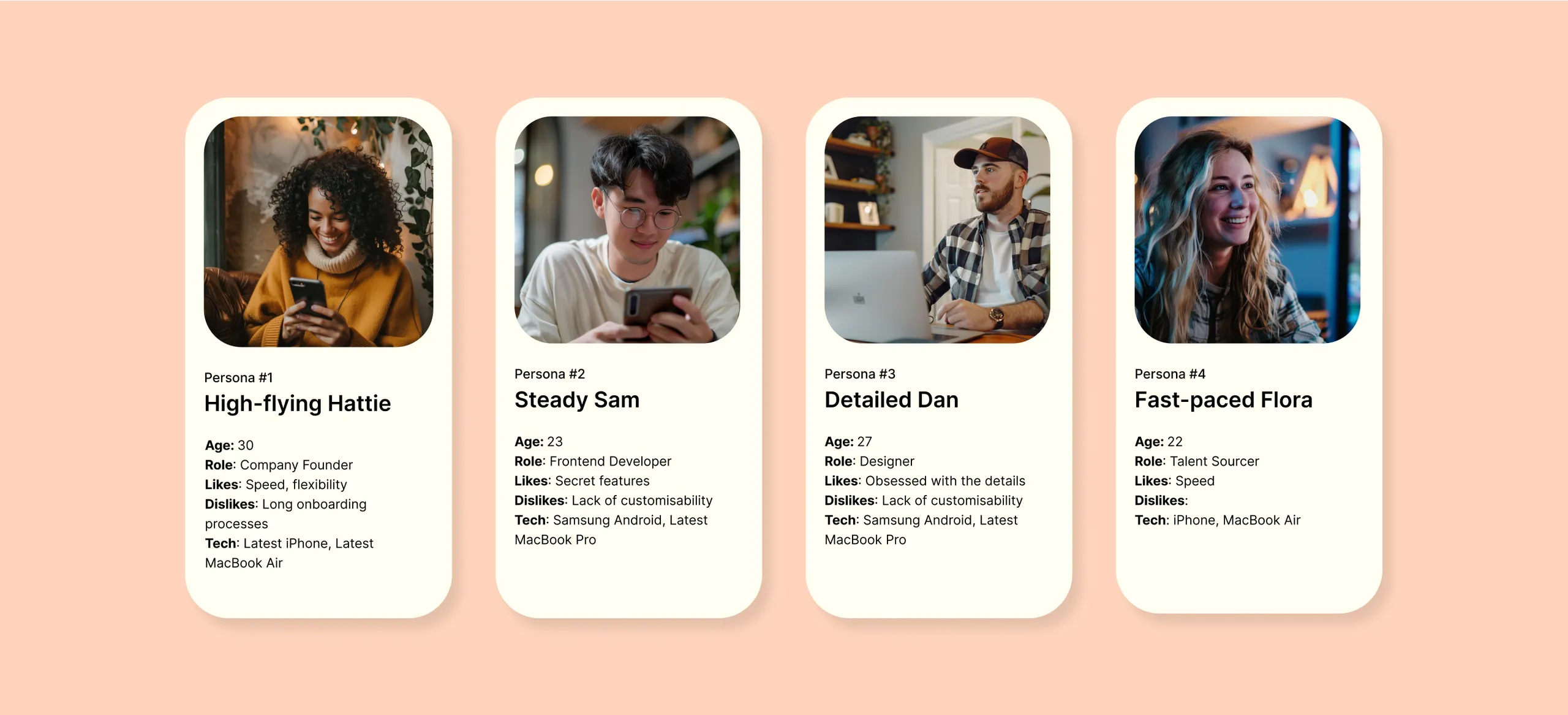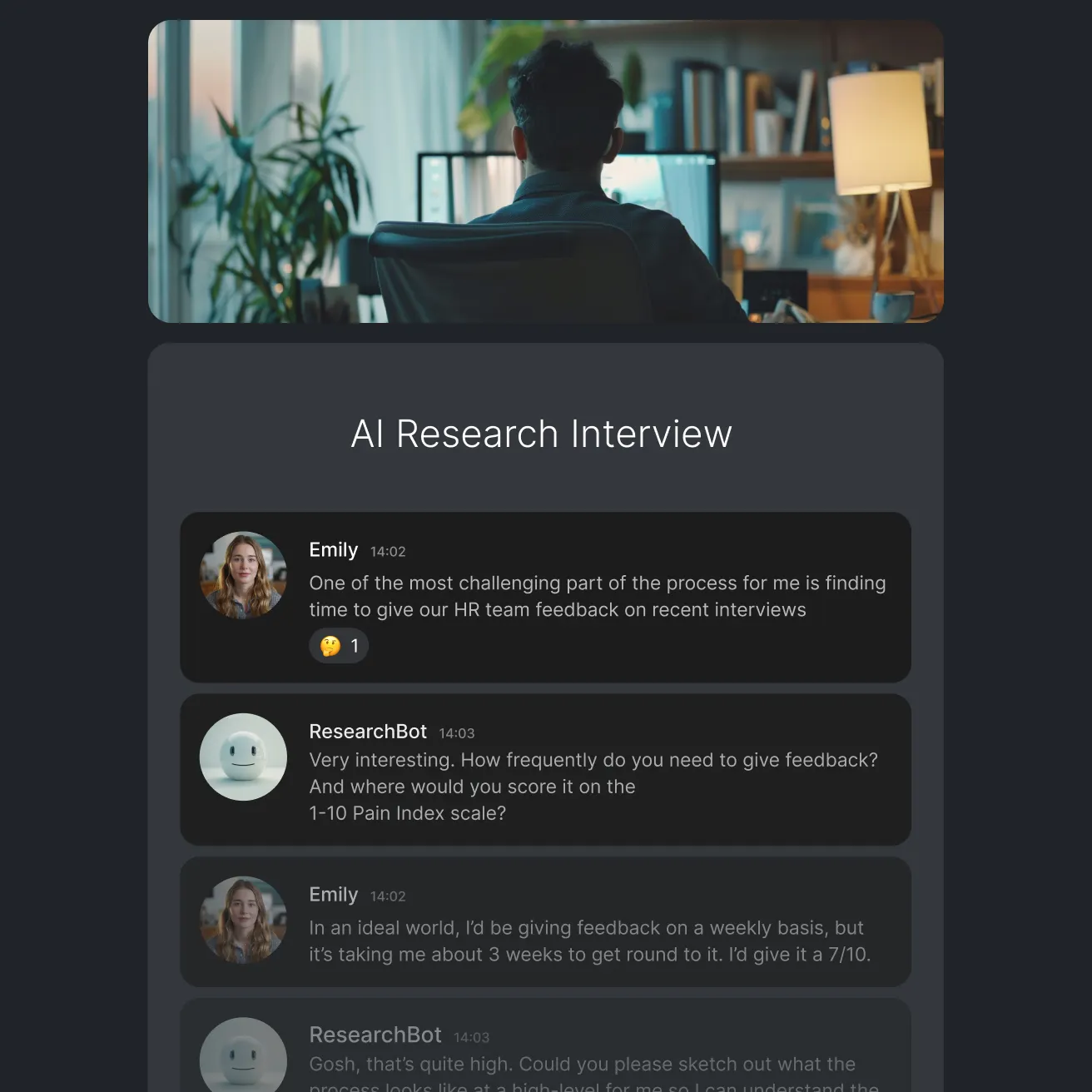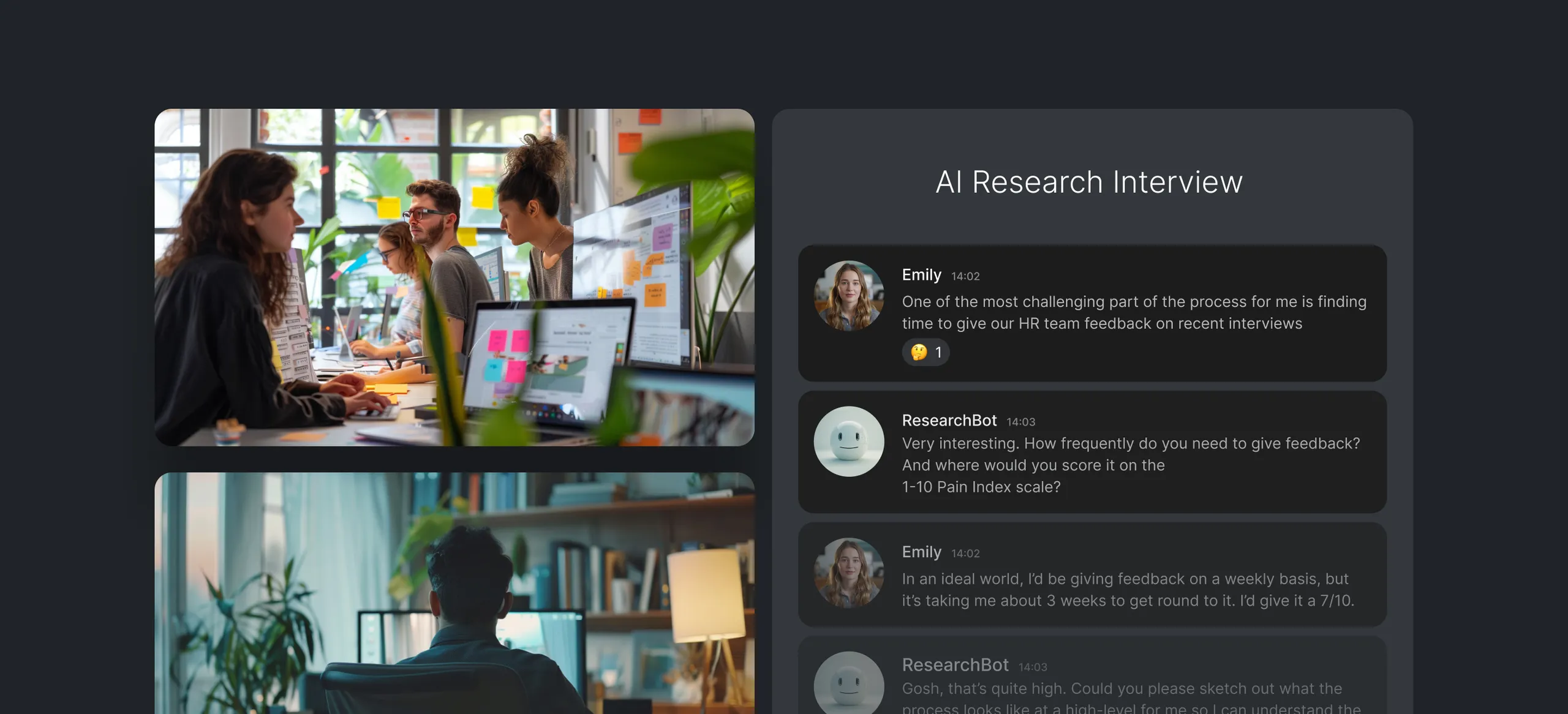Strategic advice
Establishing efficient and repeatable processes to deliver user-centricity from GenAI and LLMs is just one part of the complex puzzle. A 15-year study found that healthy organisational culture, a function of ‘leadership’, ‘accountability’, ‘user focus’ amongst other indicators, has a correlation with long-term success. To keep up with the speed of competitors, organisations need to develop a user-centric organisational culture.
For some organisations, the path to a user-centric culture begins at the top. A Harvard Business School study found that CEOs, on average, spend just 6% of their time with ‘rank-and-file’ employees and only 3% with customers.
When those leaders driving the narrative and processes around user-centricity have never interacted with users themselves, it is perhaps no surprise that these initiatives fail.
Ahead of setting Airbnb’s 2023 strategy, CEO Brian Chesky adopted an ethos of “I can’t make products just for 41-year-old tech founders” and developed an initiative to understand user needs and pain points. Along with 50 major product upgrades, Chesky himself spent 6 months living in Airbnb properties to immerse himself in the variations between different hosts. This experiment shaped the company’s 2023 strategy, focusing more on renting an individual room rather than an entire house.
Leading by example is important, but it’s also critical that the whole company operates under a shared user-centric vision; to understand and meet user needs. For example, the medical device business, Medtronic, required all the company’s engineers and designers to attend and observe at least one surgical procedure a year – to capture user feedback from the surgeons. Over the last 10 years, the organisation has outgrown competitors to become the largest medical device manufacturer in the world.
Looking at AI in more detail, achieving user-centricity with GenAI and LLMs brings with it a number of unique requirements. These technologies and initiatives require an agile mindset and methodology, allowing for organisations to constantly fail, iterate and test different approaches. Strong and engaged leadership is even more important with the implementation of GenAI: empower employees, encourage experimentation, demystify the hype and ensure safety. These tools also require training and new skillsets. Organisations must make AI implementation accessible and fair for all employees, redeploying and retraining wherever required. Finally, organisations must not underestimate the security and ethical concerns of AI; adopting responsible AI principles to prevent negative consequences for employees, the organisation and society as a whole.
Conclusion
GenAI and LLMs have massive, untapped potential for user centricity. From driving a more efficient user feedback loop right down to augmenting the creativity process itself, AI tools are the key to bridging the gap between acknowledging user requirements and truly understanding user needs. But to achieve this, organisations need to rethink their ways of working, toolkits and skill sets.
At Elsewhen, we believe that those brave enough to be AI early adopters, wanting to supercharge their services, will benefit the most. To realise the user centricity advantage of AI, we recommend taking a number of steps:
Be bold and creative with GenAI and LLMs experiments that can drive user-centricity across your organisation now. ChatGPT, Bard or other tools could help uncover user insight from publicly available data, at speed and no extra cost. For instance, at Elsewhen, when delivering a time-sensitive research project, we recently scrapped app store reviews, identified the top 10 user sentiments using ChatGPT and baked this into our recommendations.
Engage with teams from across your organisation to start exploring and brainstorming potential enterprise-level use cases for GenAI. This might include engaging with the marketing and customer experience teams to understand where LLMs might fit into ongoing personalisation efforts. Alternatively, your data team might want to start centralising, cleaning, and preparing unstructured data for use in LLMs.
Define the longer-term strategy for GenAI adoption around user centricity, asking questions such as:
Do we have clearly defined policies and governance on using GenAI and user feedback?
Do we have the right skills, structures and processes to unlock AI potential at our organisation?
Are leaders engaged around leveraging AI to achieve a user centricity advantage?
We hope the above insights and examples resonated with you, and that you can take some of the advice given throughout this document to become more user-centric in the age of AI. If you have any questions or challenges to discuss, please reach out to Elsewhen at www.elsewhen.com/contact.
References



